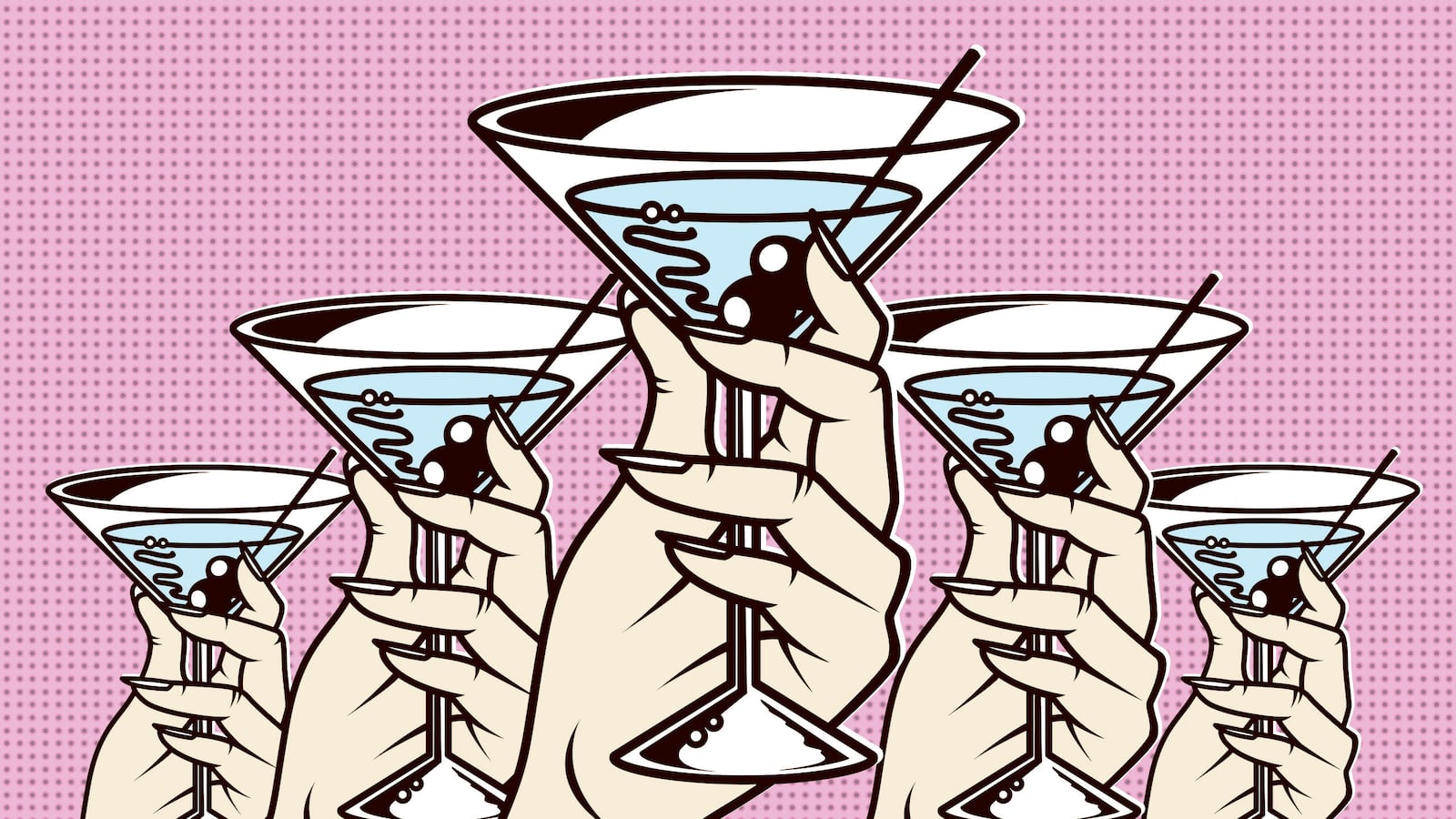They arrive at my door every day, sometimes more than once: UPS men, FedEx women, courier and messenger services with package after package… of vodka.
As a drinks writer, I receive “samples” (industry slang for free stuff) all the time. But vodka is what I easily get the most of—perhaps 50 different bottles in the last year alone.
I try most of them, but I haven’t written about any yet. That’s the thing: what is there to write about vodka?
Vodka is an odorless and flavorless spirit. I’m sure vodka enthusiasts will tell me there are good and bad ones, incredibly smooth ones and ones that taste like paint thinner.
But to me, each vodka is indistinguishable from every other company’s completely neutral spirit. With a mere sip of craft beer or scotch, I can tell if a product is “good,” interesting, worth writing about in an article. With vodka, all I can tell is, “Yep, that also tastes like vodka.”
For this reason, vodka is the most intense battle for liquor PR people. How do they get writers like me interested enough in their products to write about them for people like you?
In the past year I've received two samples from the PR firm which represents Belvedere Vodka, and which has asked to remain nameless: a red holiday-inspired “special edition” bottle and a James Bond-branded “collector’s edition” 1.75 Liter with a light switch that illuminates the entire bottle. It’s fun to pull out at parties.
Belvedere's PR majors on pride in its heritage: the Dankowski rye from Poland it is made from is quadruple distilled. It is also completely free of additives, including sugar.
If that just sounds polished public relations, I quickly learned a proud geographical heritage is crucial when promoting vodka.
SKYY Vodka “was invented in San Francisco in 1992 and is steeped with the innovative and progressive spirit of California.” Hangar 1 notes, “In 2002, we began making our vodka in Alameda out of an old World War II aircraft hangar—a real place in California history.” Tito’s Handmade Vodka is “produced in Austin at Texas’ first and oldest legal distillery.” While SVEDKA is “imported from Sweden and distilled five times from Swedish winter wheat.”
Kate Schwab of Gregory White PR, which represents Chopin vodka, understands the difficulty in promoting the liquor. For her client, the family heritage is played up as an asset.
“With vodka’s reputation for being such a ‘blank slate,’ it helps to have a spirited family (the Dordas) who has true roots in Podlasie, Poland (a real place with centuries-old buildings where the distilling takes place and not some faceless, generic rectification plant),” she told me in an email.
Distillation technique mumbo jumbo is also a big PR strategy, as most of us have no clue what any of these words means.
SVEDKA is “distilled five times,” while Belvedere is “quadruple distilled.” Then again, SKYY actually “revolutionized vodka quality with its proprietary quadruple-distillation and triple-filtration process.” Deep Eddy Vodka has a “signature column distillation process during which vodka is distilled ten times in a state-of-the-art twenty-foot column still to remove impurities and create a smooth finish.” Phew.
Among these all-but-identical vodkas, Deep Eddy is actually worth a look. The Austin vodka company seems to have a leg up on marketing colorless, odorless spirits for one specific reason: it makes a series of innovative flavored vodkas.
Flavored vodkas tend to get a bad rap because of all the artificially-flavored, cupcake-ish, and whipped cream-y ones coming out from companies, like Burnett’s and Poppin’ Vodka.
Deep Eddy is different. Its Ruby Red and Lemon use actual, harvested fruits, while Sweet Tea is made with “Indonesian whole leaf black tea and lightly sweetened with local organic clover honey.”
I found Chopin likewise interesting as each of its vodkas is made from a single ingredient, whether that’s rye, wheat, or potato. It even has a line called “SINGLE” made from young potatoes, which sounds more akin to a single-malt scotch than a vodka.
Despite these exceptions, the vast majority of the vodka samples I receive are interchangeable. With all these odorless, flavorless products, does it come down to just throwing stuff against the wall and hoping something sticks with consumers?
Does it mean putting the product in crazy bottles and outrageous packaging, like Absolut? Claiming you’re the world’s best-selling vodka and hoping people substantiate that boast, like both Smirnoff and Ketel One do?
Or that you’re the world’s best tasting vodka, like Grey Goose and Pinnacle Vodka somehow manage to do. The latter surely cannot do so with a straight face, as it also makes a Cinnabon-flavored vodka.
Maybe it simply involves claiming your vodka is premium while so many others aren’t, such as CÎROC’s boast that it is “ultra-premium.” I can’t wait for my inbox to explode with pitches from the “world’s first ultra-ultra-premium vodka.” I bet it’s distilled, like, a lot of times.
As with almost any marketable consumer good, teaming up with Hollywood may be the smartest move. Belvedere last year started to collaborate with Sony Pictures Entertainment for the upcoming 24th installment of the James Bond series. This “global partnership” is why Daniel Craig will be drinking Belvedere vodka martinis in Spectre—and why I got that cool bottle with the light switch.
Getting countless bottles of hooch in the mail is very cool, but I have to apologize to PR folks: the swag isn’t swaying me.
The dirty little secret is that just about every guy or gal that writes about stuff for a living gets “samples” in the mail. It used to be considered unethical to take free items you might one day write about, but as a fellow drinks writer told me, “You’d be pretty pathetic if a free bottle could influence an entire story.”
He’s totally right. One free sample does nothing. It took me a good fifty just to write this story.






